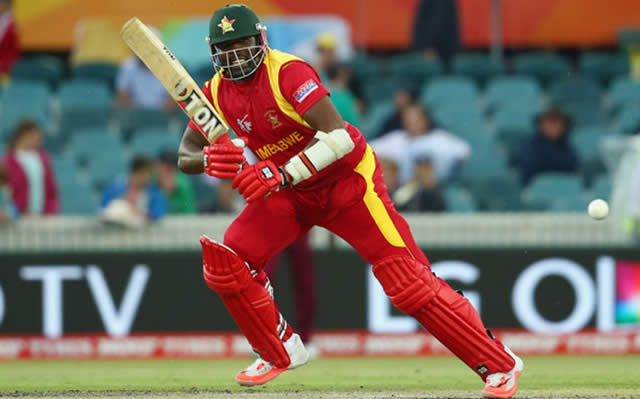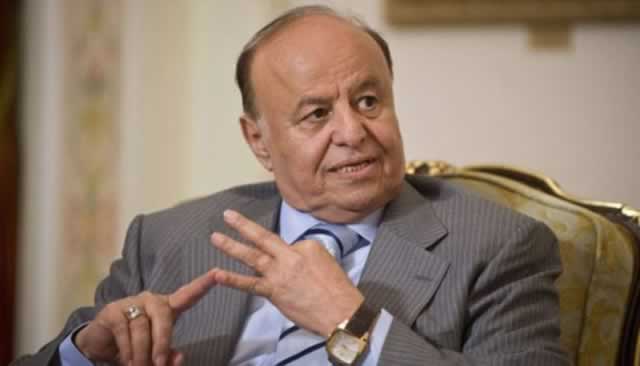Why can’t we have 12 teams?

Jonathan Wilson Correspondent
I’M writing this with Zimbabwe v Afghanistan on in the background. The stadium in Nagpur is near empty, the pistol shot of Mohammad Shahzad’s cut echoing in the sunshine. On the bench Mohammad Nabi nods cheerily in isolation. A man in sunglasses beats two clapper sticks together, and three more, faces diligently painted, brandish an Afghanistan flag, but around them are thousands of plastic seats in primary colours.
It doesn’t feel much like a World Cup, and that, perhaps, will be seen as vindication to arrange the World T20 as it is arranged. It shouldn’t be. Football has just elected a new FIFA president, Gianni Infantino, a key strut of whose campaign platform was increasing the World Cup from 32 to 40 teams.
His main opponent, Sheikh Salman, offered only to make some European sides play playoffs against sides from other confederations to justify the fact that they have a disproportionate 14 slots at the tournament.
That’s disproportionate in that around a quarter of all European sides play at the World Cup; if you based the distribution of teams on either past performance or the FIFA rankings, there would be far more European sides.
The football World Cup is already bloated. What should be a glorious festival becomes an exhausting slog, for fans and journalists alike. Sixty-four games in five weeks is already too many. Nobody has quite explained how 40 teams may work (eight groups of five? Ten groups of four?) but it means an increase in the number of games to either 76 or 96.
It dilutes the quality even further, makes for more meaningless games between teams whose main aim is to avoid humiliation, and makes even smaller the category of nation that can plausibly host the tournament.
All for reasons of presidential politics.
The (50-over) cricket World Cup has gone the other way. It too is bloated, but by endless games between the same sides, most of whom have just played each other in warm-up games.
The financial disaster of 2007, when India and Pakistan were both eliminated having played only three games each, can never be allowed to happen again.
The big teams have to keep playing each other because that’s how you make money, and that, of course, is what sport is about. Definitely not about heroic tales of David beating Goliath.
The issue has come to the fore again in club football recently. On the one hand there is the most intriguing Premier League season in living memory, with Leicester City (never been champions) and Tottenham (not champions since 1961) vying for the title.
And on the other there is the European elite, as represented by the European Clubs Association, who appear to be contemplating once again some sort of super league, in which Tottenham may not have a place and Leicester certainly wouldn’t. The cartel, feeling threatened, closes ranks.
From any perspective that places sporting principles first, that is scandalous. It should be unthinkable. We shouldn’t even have to think about this; we should instantly recoil from it.
The greatest joy of English football is that every community can have a team to represent it and that there is a pyramidal structure in place that makes it possible for that team to ascend. Once you have franchises and closed systems, it has become an entertainment, designed primarily to make money.
It may be good to watch, it may be exciting, it may even be necessary to generate the funds to keep a sport solvent, but no franchise has ever lifted a city as Leicester has been lifted this season because no franchise can ever have that same sense of being crafted from the very fabric of its community. Even in the sickeningly wealthy Premier League, even with the hordes of tourist-fans, that connection with locality remains.
National teams, of course, can never be franchises. Of necessity, they represent their people. And yet cricket seems to be trying to replicate a franchise model at an international level.
The nonsense of the Big Three, at least, has been challenged, but greed and fear still stalk the mentality of the Test-playing nations.
Nobody’s talking about an open house, nobody’s talking about mediocritisation of the field as has happened in the football World Cup, nobody’s even talking about slots to stimulate growth in a region, which is a necessary and valuable part of the football World Cup’s role.
But are there really only two of the eight nations involved in pre-qualifying worthy of a slot at the main event? Would Zimbabwe or Oman not give England or Sri Lanka a game? Would they not benefit from games under pressure against the best? Is it right that a team can be eliminated by Himalayan rain?
And yet the pre-qualifying itself is a good idea, one from which football, perhaps could learn (in fact it did something similar in 1934).
If we must have 40 teams at a World Cup, why not have 16 play off for eight slots to join the other 24, which would simultaneously give more nations a taste of the finals and offer a greater concentration of quality when the actual finals begin.
At the World T20, it feels only that the balance is wrong, that two sides from each group should be progressing from pre-qualifying, whether that means two groups of six in the finals themselves, or two sides from the eight seeds dropping into pre-qualifying. Having more illustrious names involved at that stage would probably improve the crowds.
Cricket isn’t far off getting it right, but once again we are left wondering at the capacity of administrators to play financial and political concerns ahead of what might actually produce the best sport.









Comments